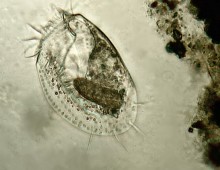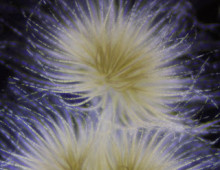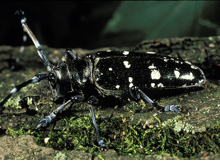Lost in symbiosis: genes dropped in piggy-backing bacterial strain
A genome comparison of two strains of a bacterium reveals gene loss as a result of a symbiotic relationship with a protist host. The Science The researchers sequenced the complete genome for a symbiotic strain of the bacterium, Polynucleobacter necessarius. They then compared the symbiont’s genome with the free-living strain in order to understand how… [Read More]









